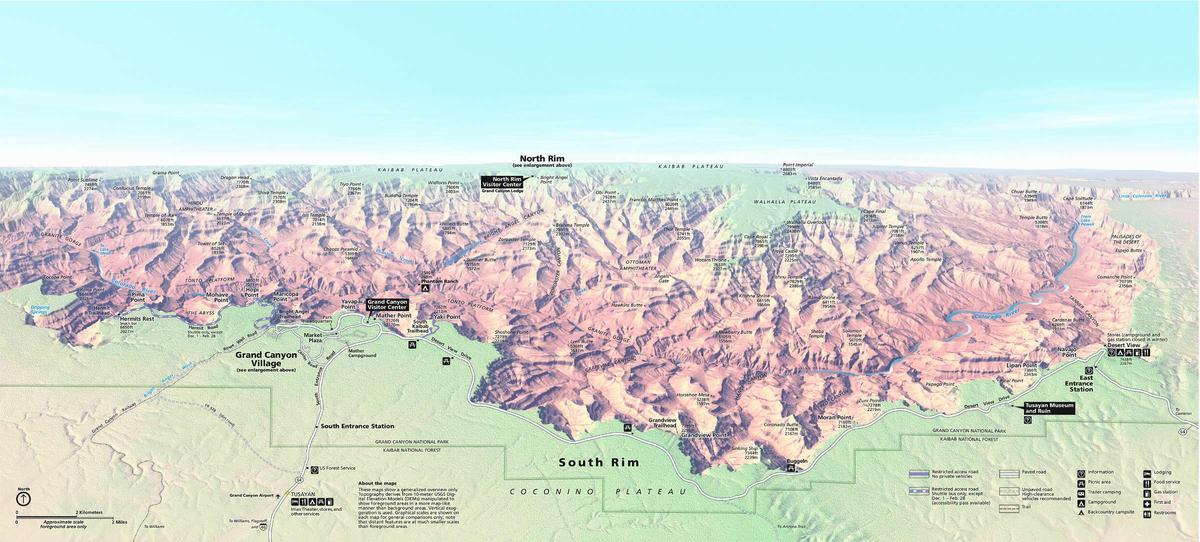Grand Canyon NP--Havasupai Gardens
Grand Canyon NP--Havasupai Gardens
Grand Canyon Village, Arizona 86023
Official WebsiteBright Angel Trail brochure
Grand Canyon National Park website
Grand Canyon National Park maps
Tips for Birding
In-depth information is found on the Grand Canyon National Park website.
About this Location
Your car camping friends will be put to shame when they hear about your adventures at Indian Garden Campground. To get there, you have to hike two-thirds of the way into the Grand Canyon…with all your gear. But the canyon views make the trip worthwhile — the white, rose, and rust-colored rock layers record millions of years of the earth’s history and create the perfect backdrop for your campsite.
A perennial creek runs through the campground, and lush grasses, cottonwood trees, and willows line the banks. This oasis stands in stark contrast to the surrounding desert badlands. Drawn to the creek, Native Americans lived here for thousands of years before hikers and backpackers discovered this special place. Located just off Bright Angel Trail, hikers and mule trains now stop at Indian Garden for water and shade breaks. At night the foot traffic subsides, and you’re left with a full sky of stars in one of the most remote places in the world.
Every campsite has a shade structure, picnic table, pack pole, and food storage cans. Consider making the trip out to Plateau Point (3 miles roundtrip) to see views of the Colorado River.
About Grand Canyon National Park
See all hotspots at Grand Canyon National Park
Grand Canyon is considered one of the finest examples of arid-land erosion in the world. Incised by the Colorado River, the canyon is immense, averaging 4,000 feet deep for its entire 277 miles. It is 6,000 feet deep at its deepest point and 18 miles at its widest. However, the significance of Grand Canyon is not limited to its geology.
The Park contains several major ecosystems. Its great biological diversity can be attributed to the presence of five of the seven life zones and three of the four desert types in North America.
The five life zones represented are the Lower Sonoran, Upper Sonoran, Transition, Canadian, and Hudsonian. This is equivalent to traveling from Mexico to Canada.
The Park also serves as an ecological refuge, with relatively undisturbed remnants of dwindling ecosystems (such as boreal forest and desert riparian communities). It is home to numerous rare, endemic (found only at Grand Canyon), and specially protected (threatened or endangered) plant and animal species.
Over 1,500 plant, 355 bird, 89 mammalian, 47 reptile, 9 amphibian, and 17 fish species are found in the park.
Notable Trails
The most popular hiking trail into Grand Canyon, the Bright Angel Trail lets hikers walk in the footsteps of Native Americans, canyon miners and pioneers, and early tourists as they descend into the canyon's depths. Offering big views, morning and afternoon shade, resthouses, vault toilets, and drinking water during the summer, this trail offers an excellent first trip into the canyon.
*Note that all trails into the canyon are steep and difficult.
Content from Official Website, Grand Canyon National Park website, and Bright Angel Trail webpage
 Grand Canyon Panorama Map
Grand Canyon Panorama Map